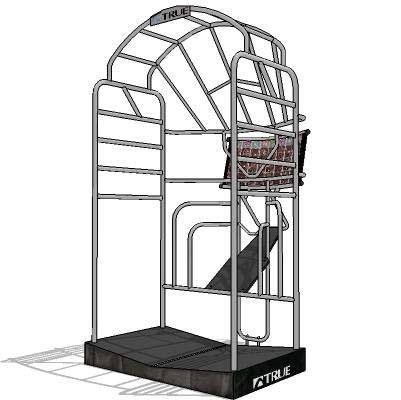

This is measured in increments of degrees. Launch Angle: The angle at which a batted ball leaves the bat. Once again expected batting average and slugging take into account batted ball components (exit velocity, launch angle). With expected isolated slugging it’s simply a player’s expected slugging minus a player’s expected batting average. Much like batting average on balls in play, exWOBA acts as a good way of seeing how lucky or unlucky a player was over a given period.Įxpected Isolated Slugging: Isolated slugging is simply the difference between slugging and batting average, subtracting the latter from the former. In certain batted ball events, run time speed is added into the equation. Expected Weighted On-Base Average (or exWOBA/xWOBA) is calculated from a formula that weighs exit velocity and the launch angle of all batted ball events. While it’s still looking at a high end batted ball event (average of batted ball events within the 90th percentile) it eliminates the possibility of a misread, while providing context to a slightly more common batted ball event.Įxpected Weighted On-Base Average: This is an all-encompassing measure of the quality of a hitter's batted ball events and serves as a handy way to cross-check the validity or “luck” of a hitter’s production.

For this reason 90th percentile exit velocity is a less noisy way to evaluate the ability to “hit the ball hard”. This isn’t new, but the precision at which we measure this ability has evolved.ĩ0th Percentile Exit Velocity: When dealing with data there’s a fair share of misreads on single events. How hard you hit the ball is a major component of evaluating hitters. It also directly correlates to two other metrics we’ll discuss: Expected On-Base Average and Expected Isolated Slugging. It’s a component of what’s defined as a barrel (the definition of this varies but always includes exit velocity + Launch Angle range). There’s different amalgamations of this metric including Average Exit Velocity (the average of all batted balls events), Max Exit Velocity (The highest recorded exit velocity on a batted ball event), as well as percentile measurements. This is tracked for all batted ball events. As always all expected data for Triple-A is incredibly noisy due to the baseballs used and positive hitting conditions of numerous Triple-A parks.Įxit Velocity: The speed of a batted baseball off of the bat. We’ll discuss the details of those metrics, as well as a few others, and what findings they present us with.Īdditionally, by using the method provided by Alan Nathan we can calculate out estimated bat speed for hitters. Each of the players discussed here ranked within the top 100 of all minor leaguers in both exWOBA and exISO. We will not share specific expected data but will include exit velocity data ranges for the players below. In the making of this article we contacted sources who provided us with exit velocity data as well as expected data. There’s a variety of metrics available publicly that provide insight to all of this. Good hitters typically do two of those things well, while great hitters do all three at an above-average level or better. Do you hit the ball? Do you hit the ball hard? Do you walk/swing at strikes? With that information we can get a fairly clear foundational understanding of who a hitter is.
#A TRUE STRETCH CAGE PROFESSIONAL#
Hitting, while arguably one of the hardest tasks in all of professional sports, is fairly simple on its face. Pitching and movement in particular have a great deal of complexities, a rabbit hole of information with the ability to get granular within each pitch type. In hopes of striking the perfect accord, we undergo the task of applying a similar mentality on the hitting side. We dove into some of the analytical markers that have become en vogue in regards to pitching performance last week.


 0 kommentar(er)
0 kommentar(er)
